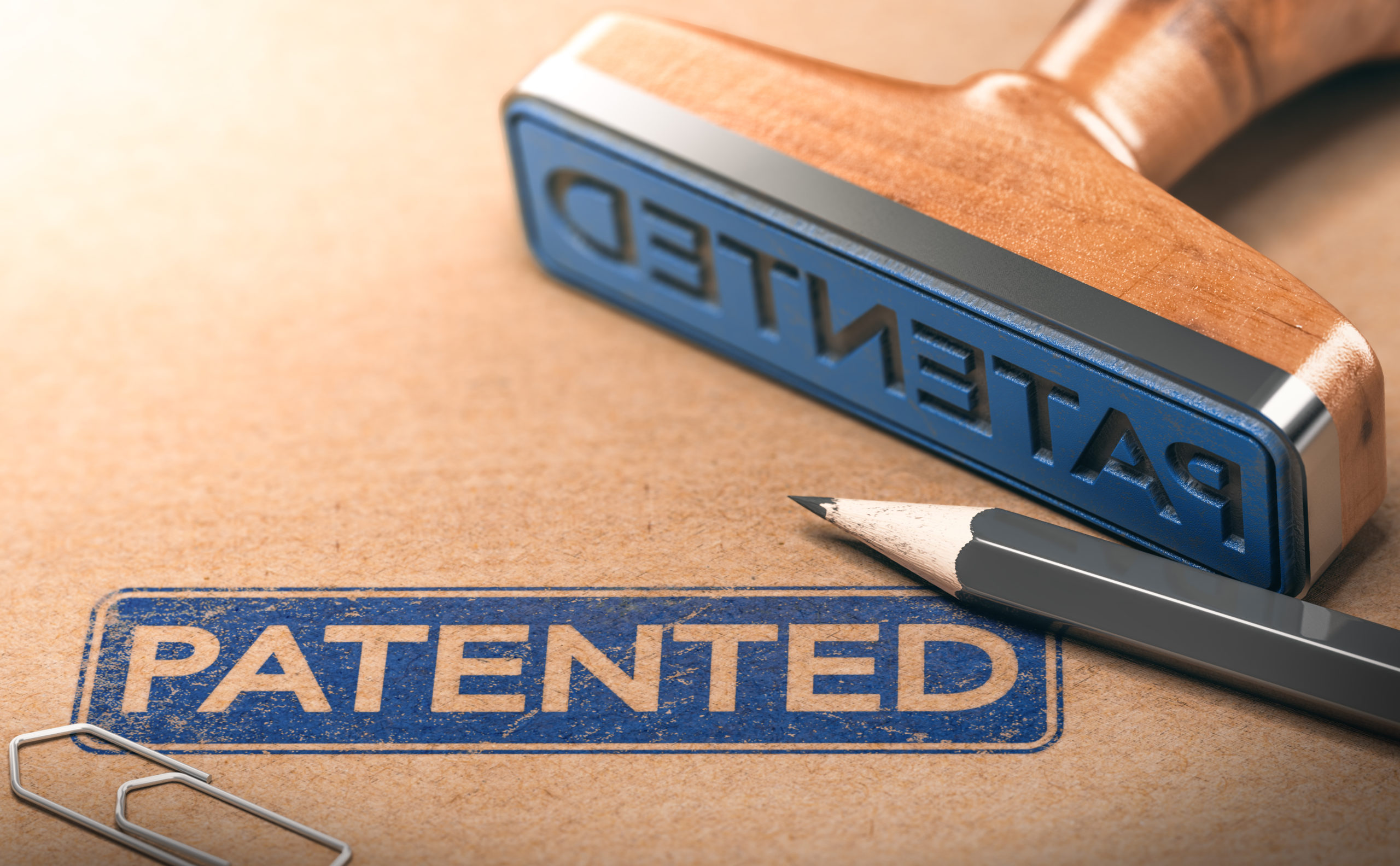
The Patent Process: Getting Started
When should you seek patent protection? When you have an idea? A prototype? A product? It is often a misconception that you need a prototype or product to seek patent protection. While you cannot obtain patent protection for a mere idea, you can, in fact, file a patent application with